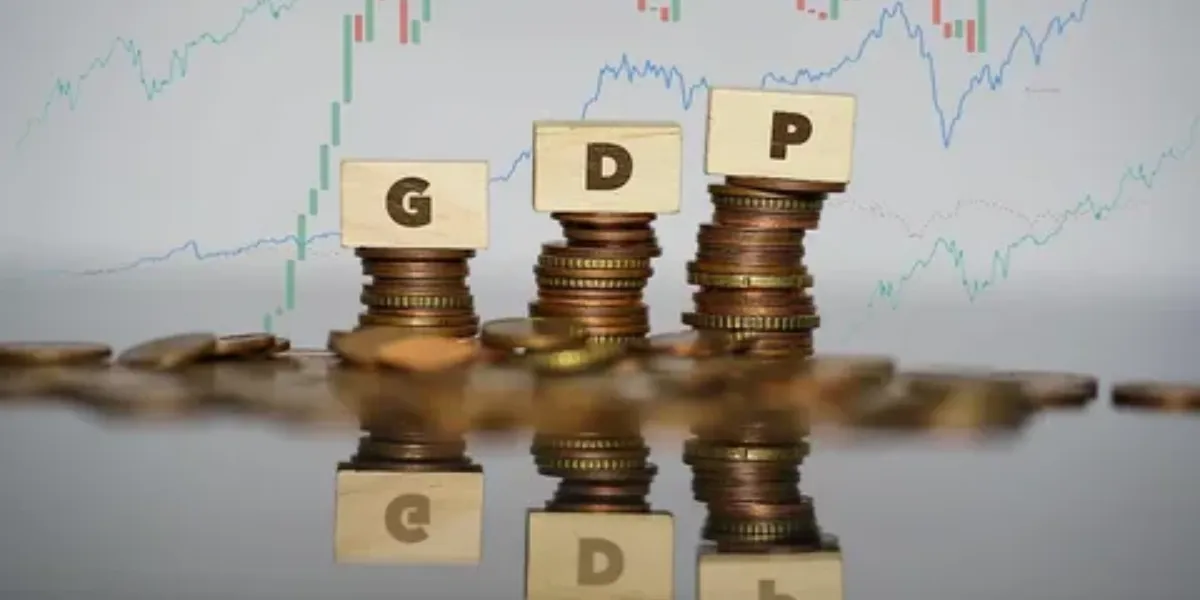Understanding Rate Hikes

In the realm of economics, few events garner as much attention and speculation as central bank rate decisions. The question of whether rates will rise or remain unchanged is a topic of keen interest for policymakers, investors, and the general public alike. In this article, we delve into the intricacies of rate hikes, exploring the key factors that influence these decisions and the far-reaching implications they hold for economies worldwide.
What Are Rate Hikes and Why Do They Matter?
Firstly, let’s clarify what a rate hike entails. When a central bank decides to raise its benchmark interest rate, it essentially makes borrowing more expensive. This action is typically taken to curb inflation or cool down an overheating economy. Conversely, lowering interest rates stimulates borrowing and spending, aiming to spur economic activity during times of recession or slow growth. The significance of rate hikes lies in their ability to shape borrowing costs, investment decisions, and overall economic performance.
The Role of Central Banks

Central banks, such as the Federal Reserve in the United States or the European Central Bank, play a pivotal role in setting monetary policy. Their primary mandate often includes maintaining price stability and supporting sustainable economic growth. Through adjustments to interest rates, central banks seek to achieve these objectives while also considering broader economic conditions and objectives.
Economic Indicators: Gauging the Need for Rate Hikes
Central banks rely on a multitude of economic indicators to assess the health of the economy and determine the appropriateness of rate adjustments. Key metrics include inflation rates, unemployment figures, and GDP growth. By analyzing these indicators, policymakers gain insights into the underlying dynamics of the economy and the potential need for monetary policy interventions.
Inflation: A Crucial Factor

Inflation, the rate at which prices rise over time, is a central consideration for central banks when deliberating rate hikes. Moderate inflation is generally desirable, as it indicates a healthy level of economic activity. However, sustained high inflation can erode purchasing power and destabilize the economy. Rate hikes are often used as a tool to rein in inflationary pressures by reducing consumer spending and investment.
Unemployment Rates: Impact on Monetary Policy
Another critical factor in the rate hike decision-making process is the unemployment rate. Low unemployment rates suggest a strong labor market and increased consumer spending power, which can fuel inflationary pressures. Conversely, persistently high unemployment may necessitate accommodative monetary policies, such as lower interest rates, to stimulate job creation and economic growth.
GDP Growth: Driving Forces Behind Rate Decisions

Gross Domestic Product (GDP) growth serves as a barometer of overall economic health. Central banks closely monitor GDP trends to gauge the pace of economic expansion or contraction. Robust GDP growth may prompt central banks to consider rate hikes to prevent overheating and maintain stability. Conversely, sluggish growth or recessionary conditions may warrant rate cuts to stimulate economic activity.
Global Economic Trends and Rate Hikes
In an increasingly interconnected global economy, central bank decisions in one country can reverberate across borders. Global economic trends, such as trade dynamics, commodity prices, and geopolitical developments, can influence the timing and magnitude of rate hikes. Central banks must navigate these external factors to ensure domestic economic stability while also considering their impact on the broader global landscape.
Market Sentiment: The Influence of Investor Expectations

Market sentiment plays a crucial role in shaping central bank decisions and market outcomes. Investor expectations regarding future rate hikes or cuts can drive asset prices, exchange rates, and overall market volatility. Central banks often communicate their policy intentions through forward guidance, aiming to manage market expectations and minimize disruptive fluctuations.
Implications of Rate Hikes on Borrowing and Lending
One of the most immediate consequences of rate hikes is their impact on borrowing and lending activities. Higher interest rates increase the cost of borrowing for consumers and businesses, leading to reduced spending and investment. Conversely, savers may benefit from higher returns on savings accounts and other interest-bearing assets. Rate hikes can thus influence consumption patterns, investment decisions, and overall economic activity.
Impact on Investments: Stocks, Bonds, and Real Estate

Rate hikes also have significant implications for various asset classes, including stocks, bonds, and real estate. Rising interest rates can dampen investor appetite for stocks, particularly those in interest-sensitive sectors such as utilities and real estate investment trusts (REITs). Bond prices may decline as yields rise, affecting fixed-income investors. Similarly, higher mortgage rates can dampen demand for real estate, impacting property values and construction activity.
Exchange Rates and International Trade
Exchange rates are closely intertwined with interest rate differentials between countries. Rate hikes in one country can lead to a strengthening of its currency relative to others, impacting international trade dynamics. A stronger currency may make exports more expensive and imports cheaper, potentially affecting trade balances and economic competitiveness. Central banks must consider the implications of exchange rate movements when deliberating rate hikes.
Navigating the Complexities of Rate Hikes

In the decision to raise interest rates involves a careful balancing act between various economic indicators, global trends, and market dynamics. While rate hikes are often employed to maintain price stability and support sustainable growth, their implications extend far beyond the realm of monetary policy. By understanding the key factors driving rate decisions and their broader implications, policymakers, investors, and individuals can better navigate the complexities of an ever-evolving economic landscape.
Click here for more visited Posts!





